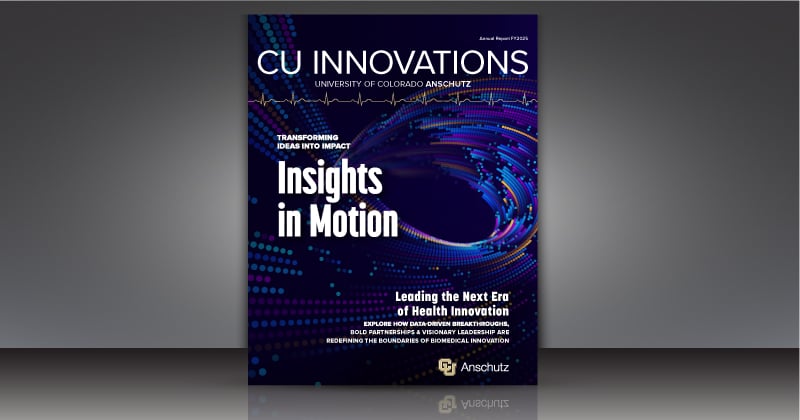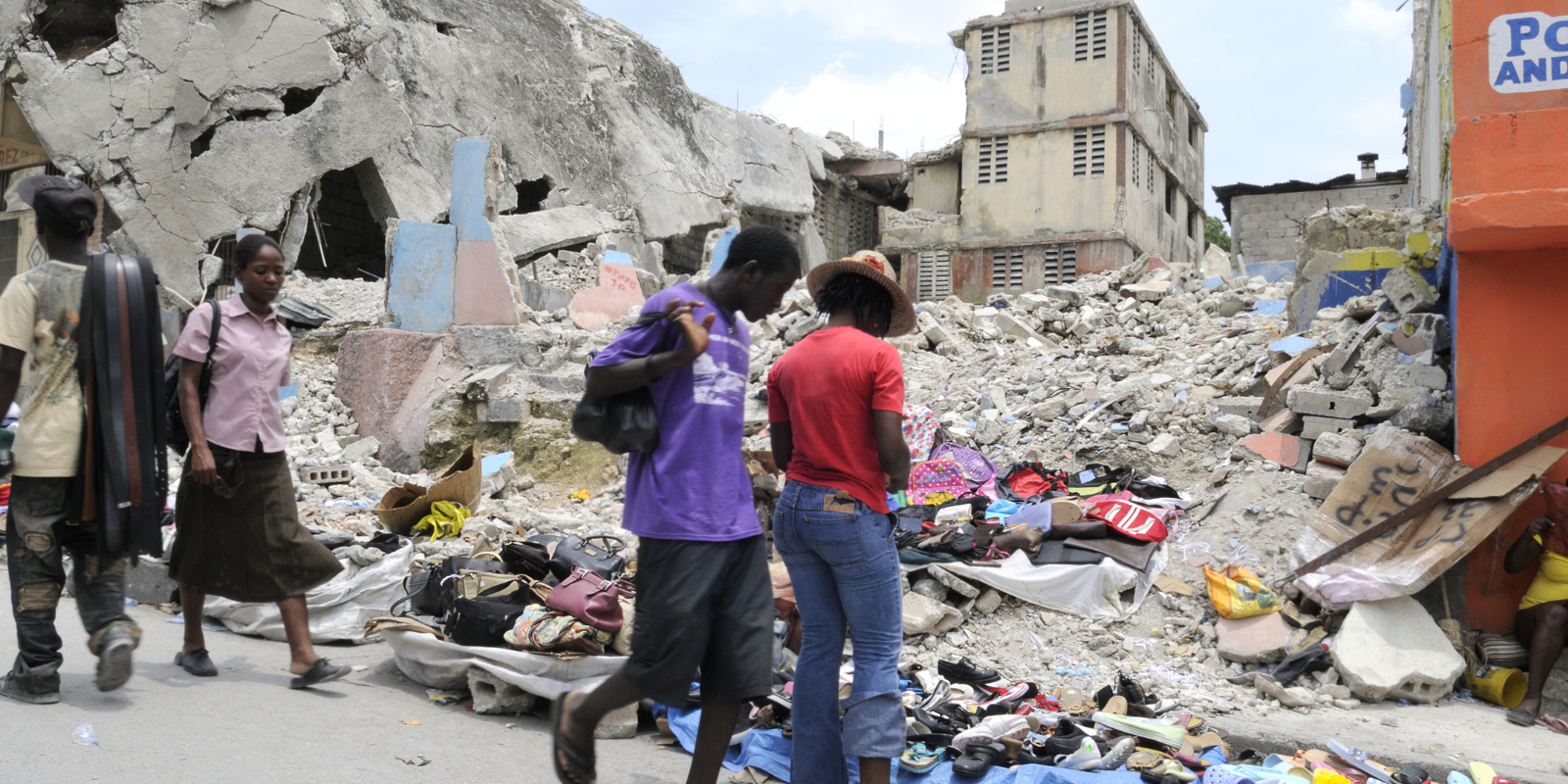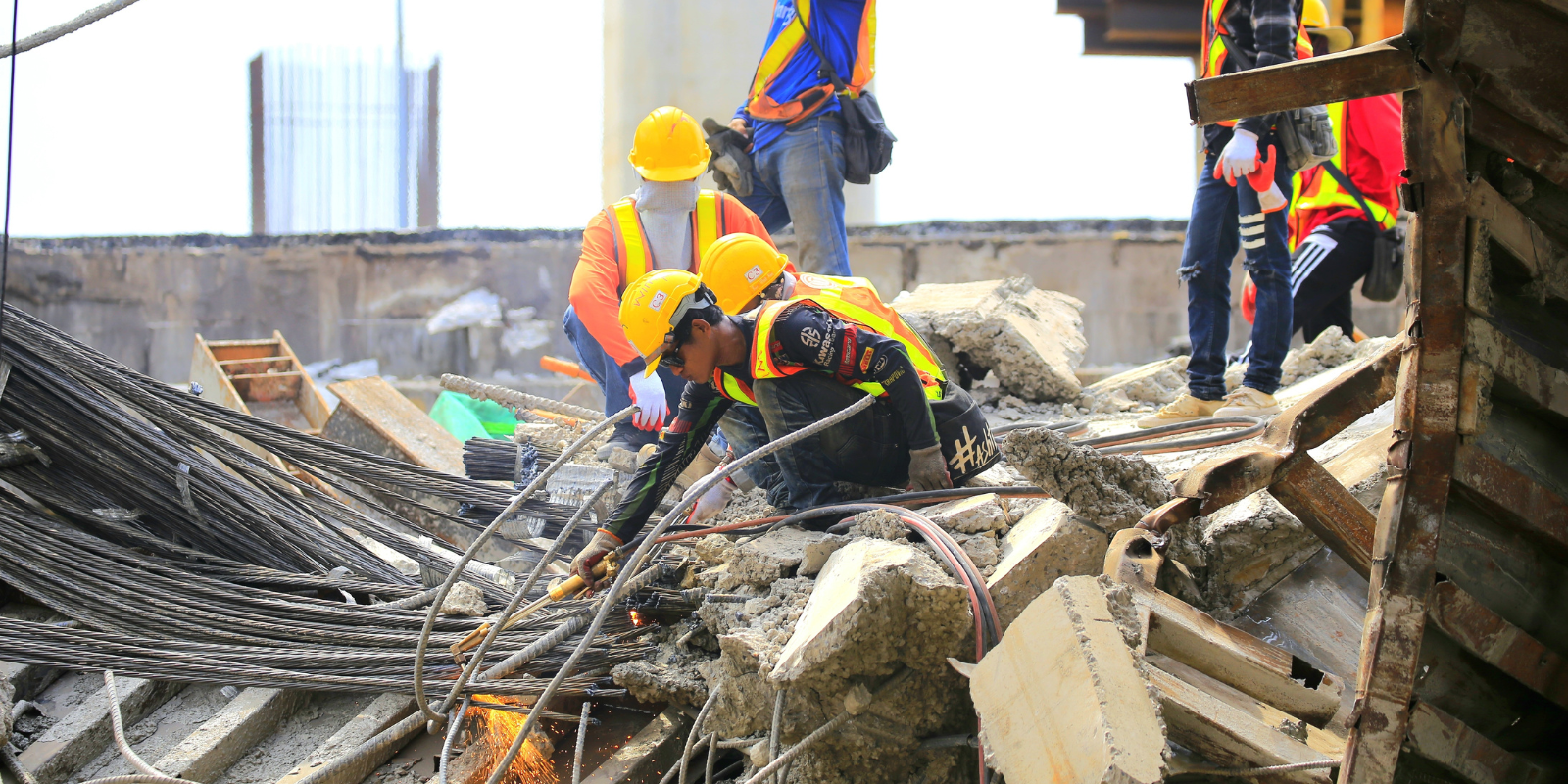The constant influx of rapidly changing data at the height of the COVID-19 pandemic was difficult to understand, creating a public health communication gap that took a particular toll on disproportionately affected communities.
In response, the Colorado Community Engagement Alliance (CO-CEAL) Against Health Disparities Team, a partnership between CU Anschutz researchers, local organizations, community members, government officials and public health experts, created a rapid community translation (rapid-CT) outreach program. The goal was to leverage the expertise of community leaders to translate dense scientific evidence into materials that were easier to understand.
An article published in a special issue of the American Journal of Public Health in January highlighted rapid-CT’s success in quickly and effectively engaging communities and teaching them about COVID-19 vaccination.
“There were a huge number of people with a huge number of skillsets all coming together to figure out how to hopefully get communities vaccinated, prevent COVID spread in communities and make people healthier,” said Sarah Brewer, PhD, MPA, an assistant professor in the Department of Family Medicine and a lead researcher on the study.
Streamlined version of existing method
Rapid-CT is a streamlined, virtual adaptation of the Boot Camp Translation model which was created by High Plains Research Network’s Community Advisory Council in 2013. Both programs rely on community leaders to help translate scientific data. However, Boot Camp Translation often lasts nine months, while Rapid-CT takes only eight weeks.
“During the pandemic, we were learning new things all the time,” Brewer said. “(Boot Camp Translation) doesn’t work really well when evidence is changing every other week.”
However, according to Brewer, the most challenging part was establishing relationships and building trust through a screen. “We tried to be really intentional that each of the communities got personalized synchronous time with our team.” The rapid-CT process included relationship building between the community team members and with facilitators.
Helping multiple communities
The CO-CEAL Against Health Disparities Team worked with communities in Colorado disproportionately affected by the pandemic including:
- Urban American Indians/Alaskan Natives – Denver metro
- Rural Black Immigrants – Morgan and Weld counties
- Rural Latino/a/x – San Luis Valley
- Urban Black/African Americans – Denver metro
- Urban Latino/a/x – Denver metro/Pueblo
In the campaigns, rapid-CT teams stressed that COVID-19 vaccines are safe, effective, have few side effects and protect individuals and their communities.
“We (researchers) could have said those four things,” Brewer said. “But coming from us, it doesn’t mean the same thing. It doesn’t get interpreted the same way.”
Using community-tailored messaging
Instead, the community leaders used imagery and cultural values to explain scientific data. They tailored their materials for each group. For example, the messages for urban American Indian/Alaska Natives featured strong multigenerational communities and positive imagery. This included pictures of hummingbirds to embody hope or footprints to symbolize taking steps into the future.
In rural Latino/a/x communities, the leaders used images of calaveras, the decorative skulls used in Dia de los Muertos (Day of the Dead) festivities, to honor those who died from COVID-19 and promote vaccines to protect the living.
The messages were also tailored for different age groups. In the rural and urban Latino/a/x communities, children were given comic book-style coloring books that included a story about protecting themselves, family members and elders from COVID-19. The book was written in both English and Spanish.
The researchers surveyed community members before and after the rapid-CT programs and are currently analyzing the data to determine which messages were the most effective for each group.
Fast-track to better health
In the future, the rapid-CT method can be used to quickly disseminate urgent information related to health.
“Hopefully, there are no more pandemics any time soon,” Brewer said. “But I think we can use this rapid-CT method to translate new evidence quickly so that people outside of academic spaces don’t have to wait a year, two years or even three years for information to come in a format that’s digestible.”
Rapid-CT may also be a useful tool for primary care providers. Those who do not have the time or resources to develop materials to educate patients about public health issues can participate in a rapid-CT program. “If a provider has to commit only six weeks to work on message development, that is more feasible than committing to a nine-month process,” said Brewer.
Next, she plans to use the rapid-CT model in both local communities and among primary care providers to promote the HPV vaccine and prevent cervical cancer.
Guest contributor: Brittany Truong is a writer who specializes in health and science.




